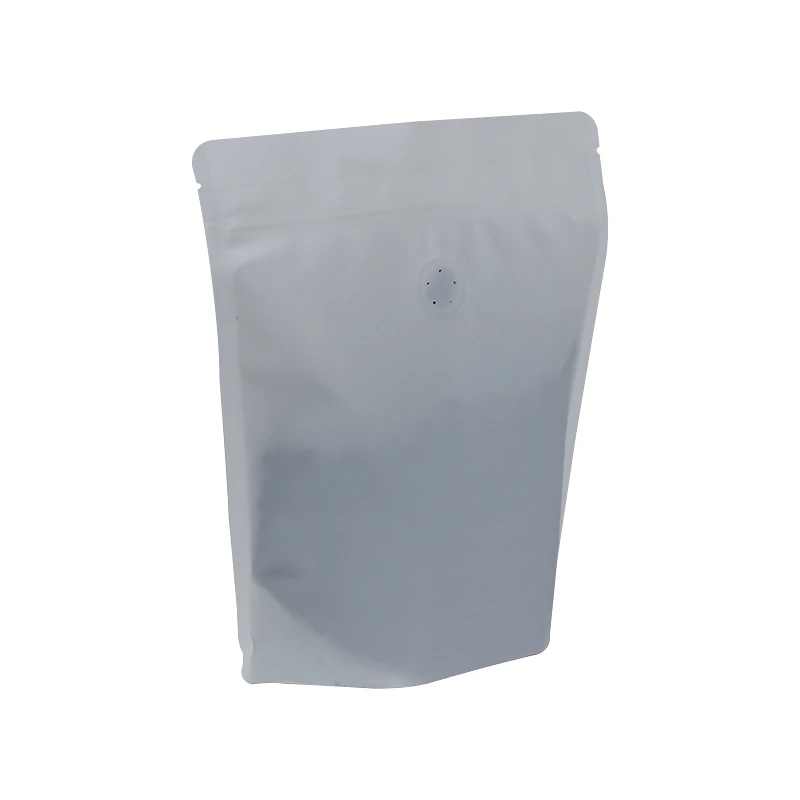how thick is a sheet of paper
How Thick Is a Sheet of Paper?
When you pick up a sheet of paper, have you ever wondered about its thickness? It might seem like a simple, mundane question, but the thickness of paper can actually vary significantly depending on the type of paper and its intended use. Understanding the thickness of paper, often measured in thousandths of an inch or microns, is essential for various applications, from everyday printing to specialized usage in art and industrial processes.
How Thick Is a Sheet of Paper?
Different types of paper also serve unique functions that dictate their thickness. For example, newsprint, used for newspapers, usually has a much thinner profile, about 0.003 inches (3 mils). This allows for a lighter-weight product that is cost-effective for mass production. On the other hand, specialty papers, such as watercolor or mixed media papers designed for artists, can be quite thick, sometimes exceeding 0.025 inches (25 mils). These papers often have textured surfaces to hold paints and other mediums effectively, promoting a unique artistic experience.
how thick is a sheet of paper

The thickness of paper also plays a crucial role in the manufacturing process. For instance, tissue paper, often used for wrapping delicate items or in gift packaging, is incredibly thin, typically around 0.001 inches (1 mil). This allows for lightweight and delicate handling, which is particularly essential during transportation and display. Conversely, papers used in packaging materials, like corrugated fiberboard, can be significantly thicker, often exceeding 0.055 inches (55 mils), to provide the sturdiness required for protecting various goods during shipping.
In the context of paper recycling, understanding paper thickness can influence the recycling process. Different types of papers are often mixed together for recycling, but significant variations in thickness can lead to challenges. Thicker papers may not break down as efficiently as thinner ones, resulting in a less effective recycling process. This underscores the importance of categorizing paper by thickness and quality for recycling facilities to maximize their output and reduce waste.
Additionally, advances in technology have allowed for innovations in paper production, leading to the creation of ultra-thin papers. These specialty papers are often used in applications where weight is a concern, such as in some forms of packaging and printing materials. Notably, such ultra-thin papers present unique challenges in terms of handling and print quality, necessitating tailored techniques for both production and use.
In conclusion, the thickness of a sheet of paper is a fundamental characteristic that depends on its type and purpose. From the lightweight bond paper we use in everyday printing to the rugged card stock used for business cards and packaging, each type of paper serves a specific function influenced by its thickness. As we continue to evolve in our use of paper—balancing efficiency, cost, and environmental impact—appreciating the nuances of paper thickness can lead to better choices in manufacturing, recycling, and consumption. So next time you handle a sheet of paper, take a moment to consider not just its weight and feel, but also the intricate science behind its thickness.













